Fertilizers for potatoes play an important role in its cultivation. On depleted soils poor in microelements, one cannot get a rich harvest of tasty, crumbly potatoes. There are many methods for using different types of fertilizers. The timing of their introduction, quantity and composition determine the conditions of agricultural technology for the cultivation of potato plantations. In household plots or on the fields of agricultural complexes, complex mineral fertilizers are used, as well as organics. In small areas of the vegetable garden and orchard, for the dressing of plants they use products prepared on the basis of green herbal infusions and decoctions.
Content
Useful properties of fertilizers
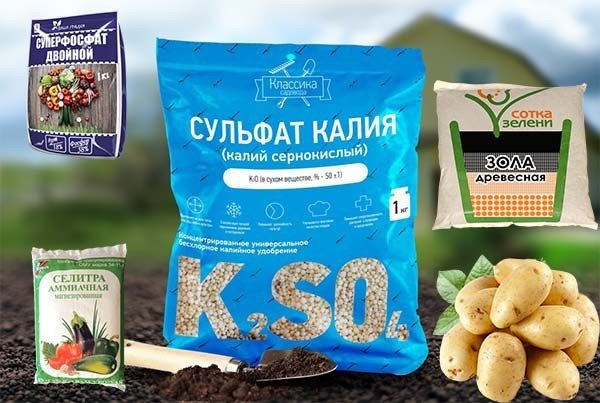 Potatoes receive the bulk of nutrients from the soil. As part of it must be present the necessary substances for normal growth, plant development. If one or another element is not enough in the ground, the potato is often sick, it is overcome by pests. Top dressing helps to normalize the content of nutrients in the substrate. For the use of fertilizers, which includes precisely the component that is insufficient for the nutrition of potatoes, it is necessary to determine the chemical composition of the soil.
Potatoes receive the bulk of nutrients from the soil. As part of it must be present the necessary substances for normal growth, plant development. If one or another element is not enough in the ground, the potato is often sick, it is overcome by pests. Top dressing helps to normalize the content of nutrients in the substrate. For the use of fertilizers, which includes precisely the component that is insufficient for the nutrition of potatoes, it is necessary to determine the chemical composition of the soil.
On heavy clay soils, potato tubers are often small, with difficulty getting moisture and air. Organics: manure, bird droppings, compost or granular organic fertilizers for the garden to improve the soil structure, saturate it with nitrogen, trace elements. In loose, well-enriched earth nutrients, plant tubers sufficiently receive moisture and air. The number of large, healthy potatoes grows significantly.
The lack or excess of the main useful substances: nitrogen, potassium, phosphorus or calcium can cause disease in potatoes. Their symptoms are manifested in yellowing of the tops, the appearance of neoplasms on the roots. Timely application of organic and mineral fertilizers helps protect plants from the further development of diseases.
The best fertilizers for potatoes
Chemical or organic agents should be used at specific times and in the dosage indicated by the manufacturers in the instructions for use of the drugs. When growing potatoes, it is important to know the composition of the soil in the area intended for planting this plant. It is necessary to study its features. In this case, vegetable growers will know for sure which elements in the soil are insufficient, and which use threatens the potato with diseases and death.
Species and varieties
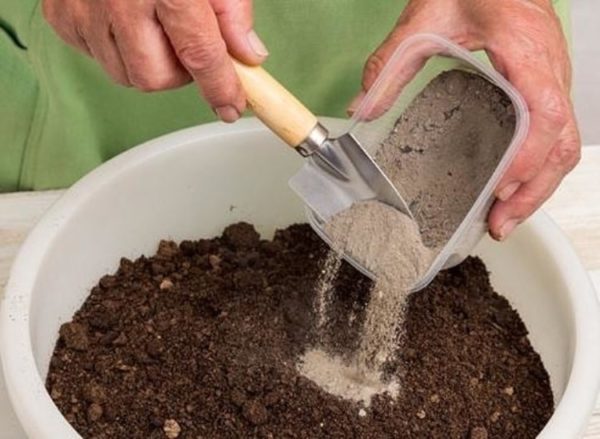 There are two main types of fertilizing (fertilizer):
There are two main types of fertilizing (fertilizer):
- Mineral fertilizers are inorganic (chemical) compounds that contain salts of various minerals. They are necessary for plants for normal growth and development. Varieties of such agents differ in their composition: nitrogen, phosphorus, potash or complex additives. Their characteristics and effects on plants are also different: complete, prolonged action, universal, complex preparations. Release form - powdered, in granules or liquid mixtures.
- Organic fertilizers for beds are components of natural origin: manure, peat, compost, green manure. Their main advantages: increased nitrogen content, conservation of ecology and microflora in potato plots, improvement of soil structure and supply of plants with microelements that are formed naturally.
Mineral fertilizers: their types and characteristics
Table 1
|
Group |
Name |
Structure |
The properties |
| Nitrogen |
Urea, ammonia water, potassium, sodium nitrate, nitrate fertilizers |
16-45% nitrogen |
Enrich the soil with nitrogen, stimulate the growth of roots and tops of potatoes |
|
Phosphoric |
Bone flour, simple and double superphosphate |
18-26% phosphorus oxide |
Replenish phosphorus reserves in the earth, protect potatoes from diseases |
|
Potash |
Potassium salt, potassium chloride and sulfate, potassium sulfate, potassium nitrate |
30-60% potassium oxide |
Increase potassium content in the substrate, normalize plant photosynthesis, control water balance |
| Integrated |
Nitrofoska, nitroammofoska |
Nitrogen + potassium + phosphorus (in different percentages) |
They have universal properties (see above) |
|
Microfertilizers |
Micromineralis, Fasco, Helatin |
Calcium, Iron, Manganese, Magnesium, Boron, Selenium |
They improve the microclimate of the soil, participate in the photosynthesis of potatoes, contribute to the healing of plants with a lack of trace elements |
| Organomineral (complex) fertilizers |
The group includes soft humic potassium fertilizer, liquid, granular or powder mixtures: OMU, Hera, Biohumus, Prompter, Humate |
Manure (horse, cow) or bird droppings + mineral additives (macro and micronutrients) |
Enrich and improve the soil, crush sticky particles of the earth. Quickly absorbed by plants and stimulate growth, tuber formation |
Organic fertilizers: their types and characteristics
|
Names |
Structure |
The properties |
Application |
| Manure (horse and cow) | Animal feces + rotting bedding from straw, grass or sawdust | Improves the humus layer of the soil, increases the yield of potatoes | Only rotted material is brought in, extracts are prepared from fresh manure and 1 liter of solution is poured when planting potatoes in the wells |
| Avian (chicken, duck, goose) litter | Feces of a bird + small particles of soil, stones, shell, rotted grass | Protects the plant from diseases, replenishes the lack of nitrogen and calcium | Used in aqueous solutions, infusions in a concentration of 1:15 |
| Green fertilizer (liquid top dressing from grass) | Mowed grass, weeds, fallen leaves | Stimulate tuber growth during root dressing. Foliar treatment protects potatoes from diseases of foliage and stems | Herbal infusions are used to feed potatoes. Fertilizers from herbs insist for at least 24 hours. They can not be diluted. |
Rules for the use of fertilizers for potatoes
The soil for planting potatoes begins to prepare in the fall after harvest. The site is cleaned of old tops and weeds, the earth is dug up, disinfected from pests and pathogens. Pesticides are used for this, and herbicides are used for weeds.
Before winter, fertilizers should be applied only on heavy clay soils. Do this to improve the structure of the soil. Use manure, peat, sand, sawdust, long-acting humic fertilizers.
On lighter patches of land, this is ineffective, since most of the nutrients will be washed with melt water until spring. The main work related to the fertilization of the potato plot is carried out in early spring after the land is free of snow.
How to fertilize the earth under potatoes in the spring
In April, organic matter is laid out on the site: rotted manure, peat (once in 3-5 years). If this fertilizer is not enough, you can put 100 g in each well. From above it is necessary to fill a layer of the earth that tubers did not adjoin to manure. Then dry complex mineral fertilizers are scattered over the site (30-50 g per 1 m2).The second method of application is directly into the well. Do not forget that organics and chemicals should not mix in the ground, otherwise an instant chemical reaction will occur and the nutrients necessary for the plant will evaporate.
After pre-sowing fertilizer, potatoes are fed 2-3 times during the season. For this, infusions and extracts from manure, mowed grass, and solutions of mineral salts are used.
Potato root and foliar top dressing
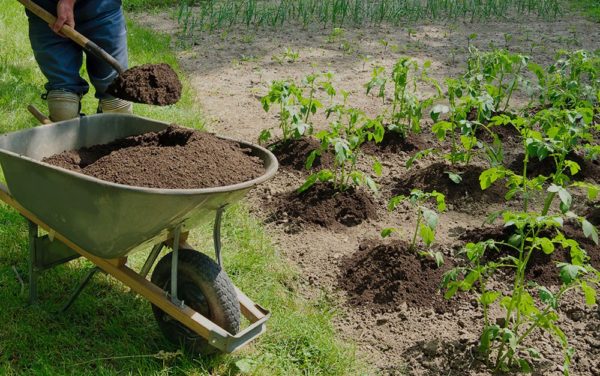 Feed potatoes need at least 3-4 times for the entire growing season. This measure is a prerequisite for a good harvest. Before planting, fertilizers are applied under the root to provide the plant with nutrients for 3-4 weeks. In the future, such dressings need to be carried out every 14-20 days, because potato sprouts and roots constantly absorb them from the soil along with moisture.
Feed potatoes need at least 3-4 times for the entire growing season. This measure is a prerequisite for a good harvest. Before planting, fertilizers are applied under the root to provide the plant with nutrients for 3-4 weeks. In the future, such dressings need to be carried out every 14-20 days, because potato sprouts and roots constantly absorb them from the soil along with moisture.
Processing of potato tops is performed 1-2 times if necessary. Foliage and stems are sprayed with solutions of mineral or organic fertilizers when the first signs of disease appear, namely spotting or curly leaves. For this, drugs are used, which include trace elements missing from the plant.
Signs of nutritional deficiencies
Lack or excess of nutrients in the soil affects the foliage and stalks of potatoes. According to characteristic signs, it is determined which substances need to be added to the soil in order to rid the plant of undesirable symptoms.
|
Lack of substances in the soil |
Tags on potato |
|
Nitrogen |
The leaves and stems of the plant do not grow well, white spotting forms on the lower part, which gradually grows and becomes yellow. The tops are thinning, the leaves are getting smaller, for this reason the starch content in the tubers is reduced |
| Phosphorus | Potato tops do not grow green mass, stems and tubers do not grow. Sheet plates are deformed, twisted up. Black spots appear on the tubers, over time, the fruits shrink, darken, change color to purple or red, lose their taste |
|
Potassium |
The tubers are deformed, the leaves turn yellow at the edges, become small and wrinkled, a bronze tint appears on them |
|
Magnesium |
The leaves of the tops are smaller, painted in a pale green color, which gradually turns into brown shades |
| Calcium | Light streaks form on the foliage, at these places the plant tissue dies. The leaf plates are wrinkled, their edges are twisted up |
| Iron | The yellowing of the leaves of the tops begins, which becomes whitish |
| Boron | Potato tubers are small with cracks and black cores. The upper part of the plant turns white and dies. The middle of the bush grows, the leaves become dense, but after turning brown quickly fall off |
| Copper | Foliage fades, leaves curl, but their color does not change |
| Zinc | Petioles of leaves and stems turn gray, their core dies, leaves twist up and fall off |
| Manganese | Young green leaves in the upper part of the plant are covered with small brown spots, however, the lower part of the tops does not change color |
The effect of fertilizers on the soil
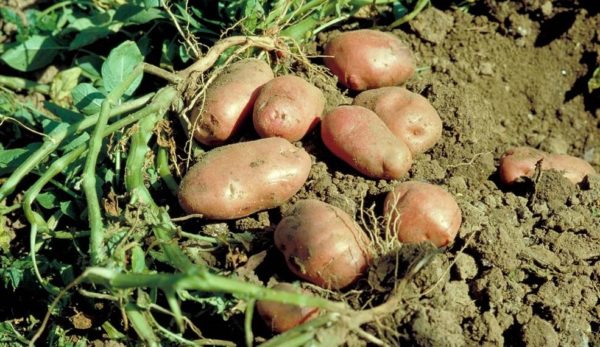 Fertilizers used in growing potatoes are quickly absorbed by plants. They do not accumulate in the soil in dangerous doses, improve and enrich it with nutrients.Danger lays gardeners with an excess of nitrogenous compounds in the ground. In potato tubers, in this case, the nitrate content increases. They become unfit for food.
Fertilizers used in growing potatoes are quickly absorbed by plants. They do not accumulate in the soil in dangerous doses, improve and enrich it with nutrients.Danger lays gardeners with an excess of nitrogenous compounds in the ground. In potato tubers, in this case, the nitrate content increases. They become unfit for food.
Organic fertilizers (manure, ash, peat) improve the structure of the soil, make it lighter and loose.
How to calculate the required fertilizer
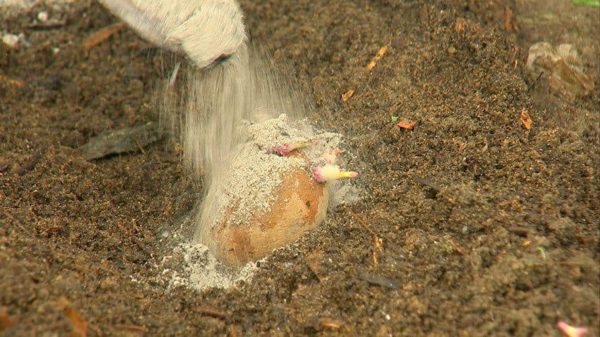 Fertilizing must be adhered to certain standards. Average standards are developed by specialists, because not every gardener can correctly calculate them due to the complexity of the formulas.
Fertilizing must be adhered to certain standards. Average standards are developed by specialists, because not every gardener can correctly calculate them due to the complexity of the formulas.
| Soil fertility | Amount of necessary mineral fertilizers per 100 m2 | Organics |
| Fertile | 2.5 kg of nitrogen-containing and 1.5 kg of potash, | 2-2.5 kg |
| Average fertility | 3 kg of nitrogen, 4 kg of phosphorus, 2.5 kg of potash top dressing | 3-4 kg |
| Poor (depleted) soil | 1 kg of saltpeter and 3 kg of superphosphate | About 100 kg |
The total amount is designed for fertilizer during the full season. The main part (50%) is brought in the spring before planting potatoes. The remaining share is divided into 2-3 parts and administered as top dressing for 2-3 times.
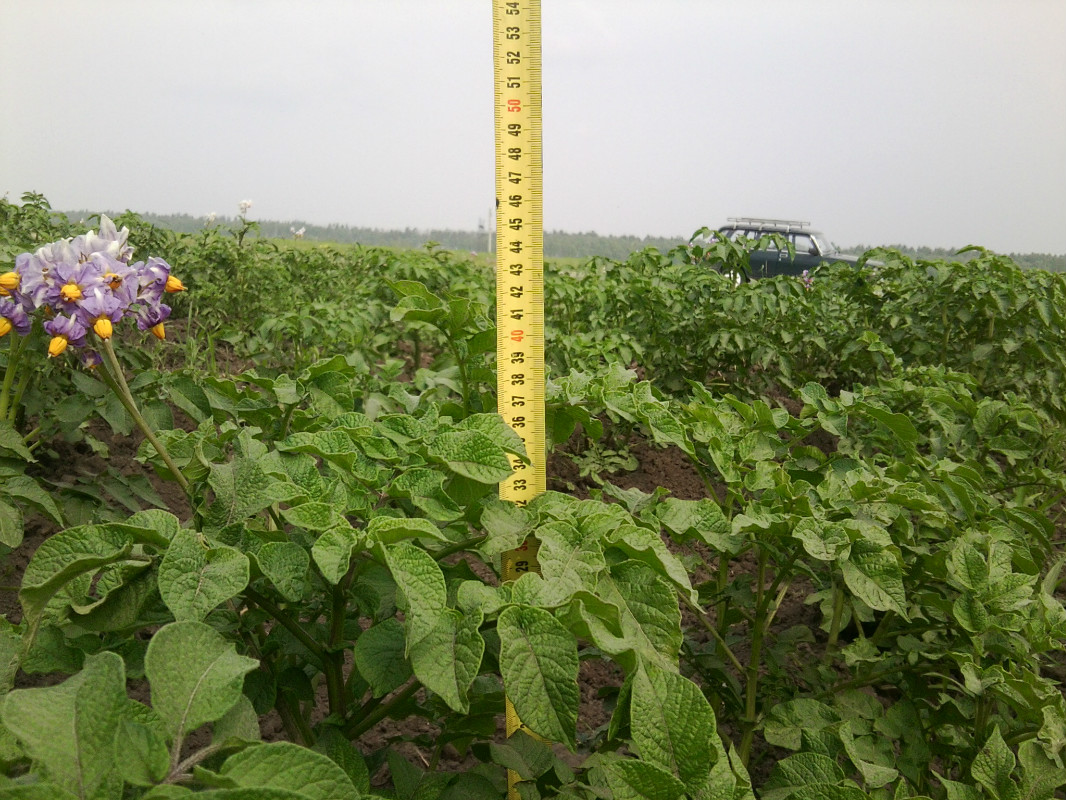 You may be interested in:
You may be interested in:General fertilizer tips
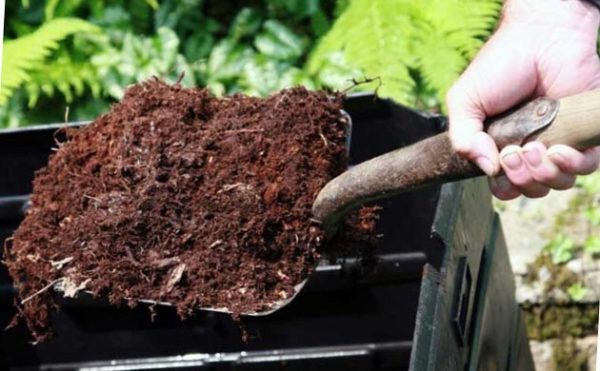 Additional recommendations for applying mineral and organic fertilizers are needed for beginner gardeners:
Additional recommendations for applying mineral and organic fertilizers are needed for beginner gardeners:
- Organics make in the spring in the form of rotted manure. It is laid out throughout the site or added to the hole before planting. For feeding use aqueous solutions and extracts from manure, bird droppings.
- Powdered and granular fertilizers are scattered over the potato plantation or laid locally in the planting pits.
- Tubers should not be allowed to contact fertilizers; a small layer of earth should be made.
- Nitrogen fertilizers are used only until mid-summer, so as not to stimulate “fatliquoring,” that is, building up green mass (tops).
- When working with fertilizers use watering cans, sprayers, hoes, scoops, pitchforks.
- Some substances cannot be used simultaneously: potassium nitrate is not mixed with manure and bird droppings, nitrophosphate - with organic matter, ash, dolomite, superphosphate - with urea and chalk.
- It is not recommended to lay fertilizers deep in the ground (more than 30 cm). The effectiveness of minerals on the plant is reduced.
- Do not apply much fertilizer until the ground is clear of snow. At this time, many microorganisms die without any benefit.
To preserve the ecology of potato plantations, it is better to reduce the use of chemical fertilizers, but we must not forget that excessive consumption of organic components can also be harmful. It is important to maintain balance and know the measure.
Storage conditions
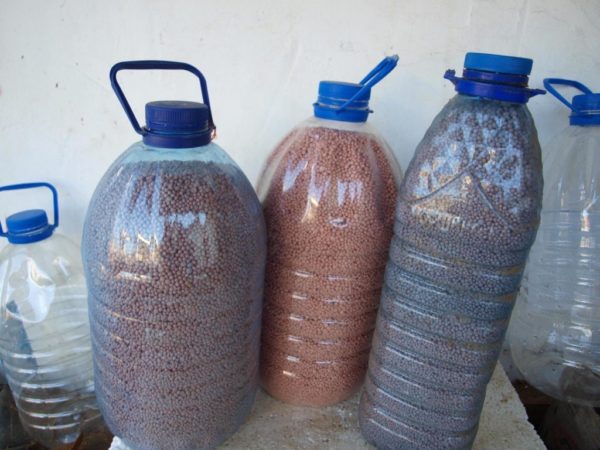 The room for long-term storage of mineral fertilizers (sheds, garages, cellars and cellars) should be well ventilated. Each type of chemical substance needs to be stored separately from each other, in plastic, paper or fabric bags and boxes. Store liquid preparations in plastic sealed bottles.
The room for long-term storage of mineral fertilizers (sheds, garages, cellars and cellars) should be well ventilated. Each type of chemical substance needs to be stored separately from each other, in plastic, paper or fabric bags and boxes. Store liquid preparations in plastic sealed bottles.
The container must be well corked, the caps on the bottles tightly closed. Moisture must not enter storage areas. Do not install moisture-permeable bags and boxes on the floor, it is necessary to use for this purpose commodity boxes.
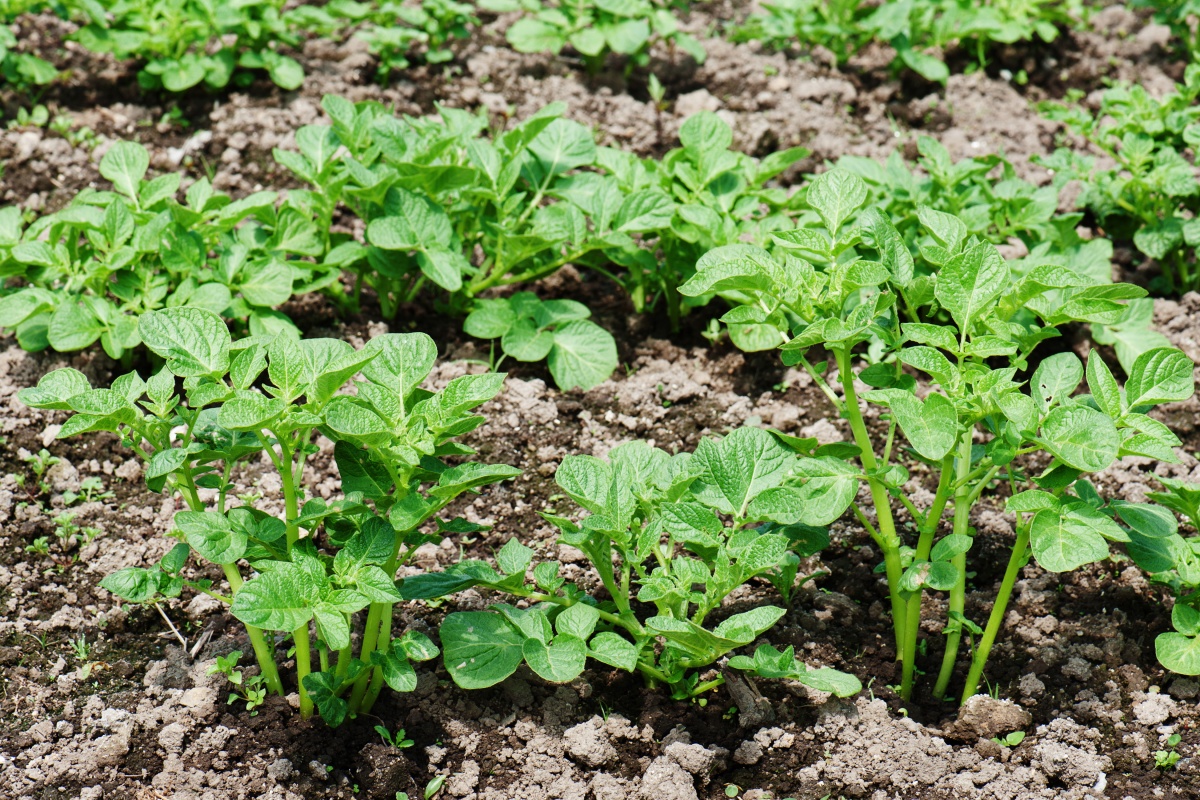 You may be interested in:
You may be interested in:Organic fertilizers are placed in special piles and boxes, which are located on the street or in the yard away from residential buildings.It is better to cover them from snow and rain with plastic wrap, roofing material, pieces of slate.
Shelf life:
- mineral fertilizers - up to 3 years;
- organic matter (fresh) - about 10 months;
- dry manure, peat, compost - not limited.
The land on potato plots is quickly depleted, because plants constantly need nutrients. In order to grow a good potato crop, you need to regularly feed it, take care of a full and high-quality nutrition of the plant. The composition of such a diet needs to include all the necessary macro and micronutrients. Organic and mineral fertilizers cannot be dispensed with, their benefits are obvious.

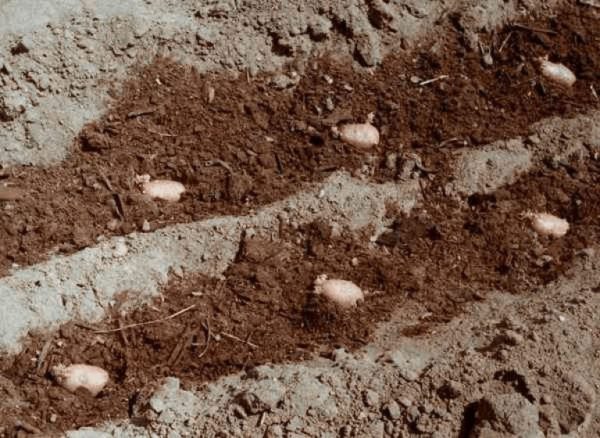
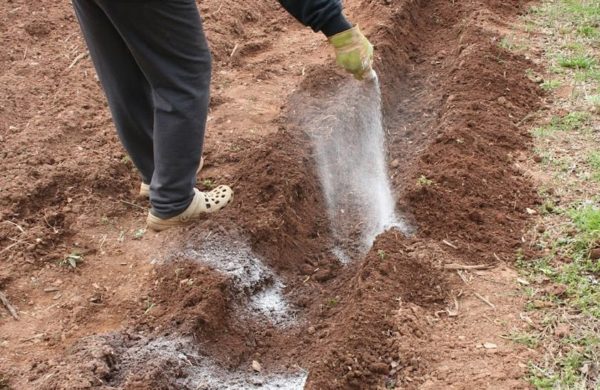
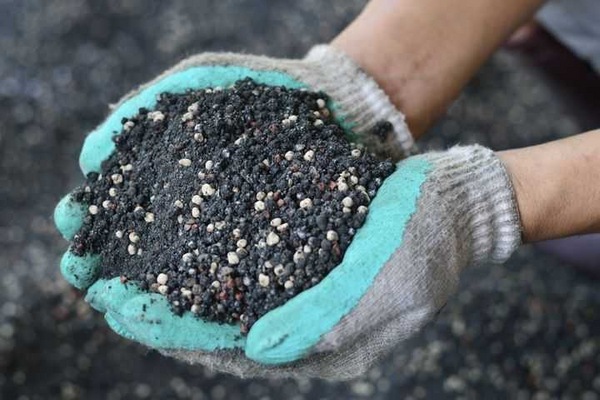
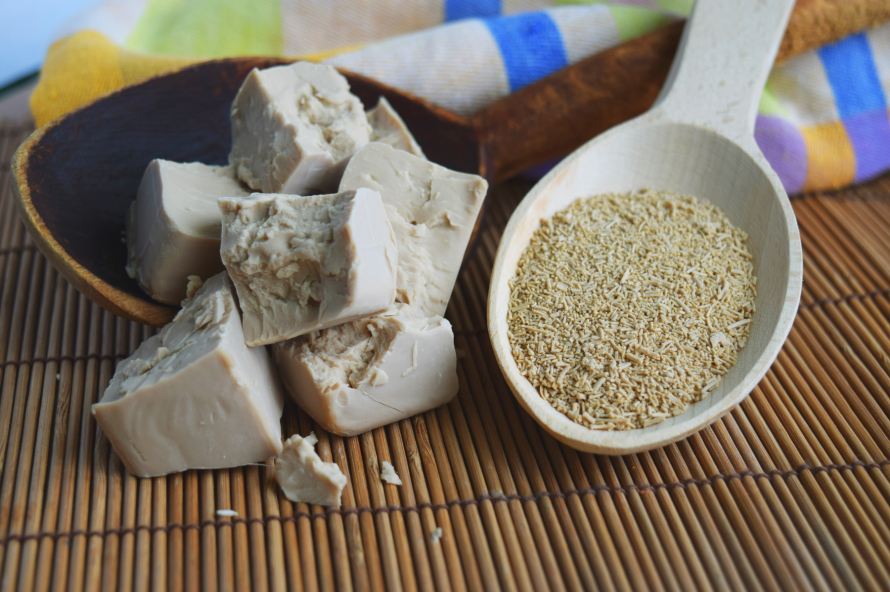
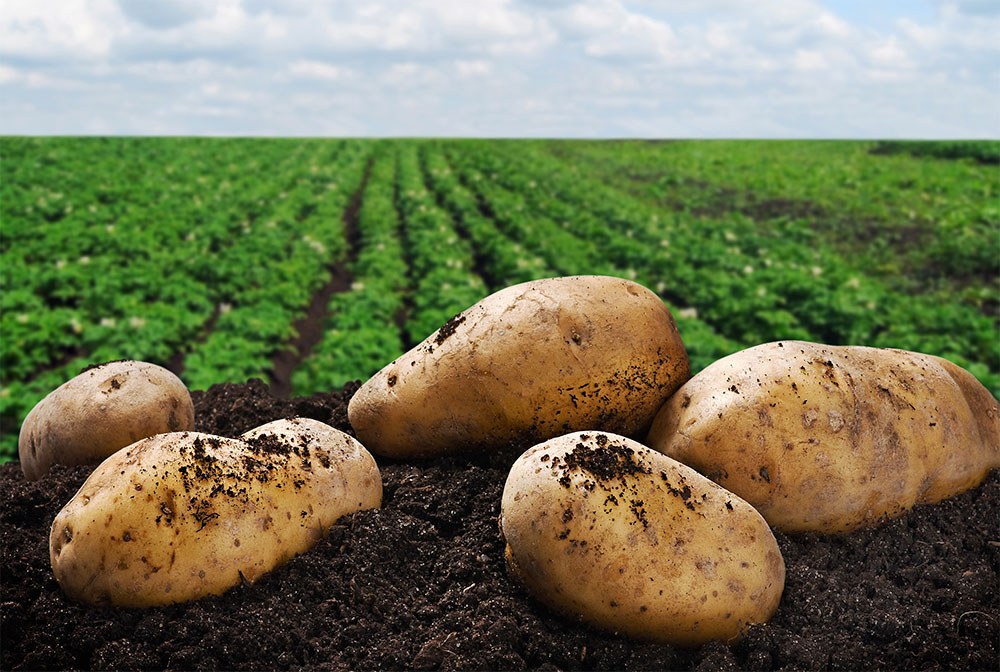
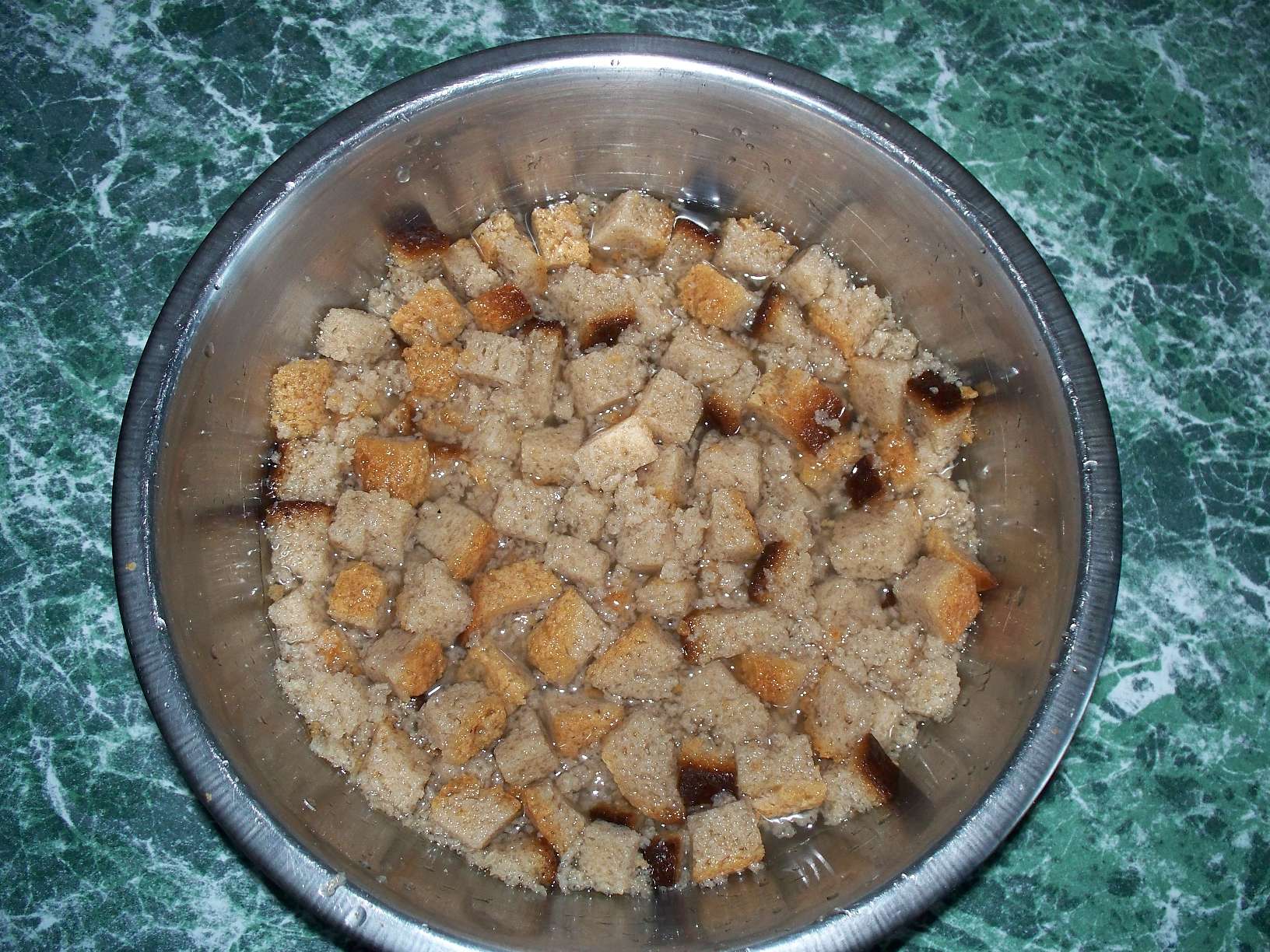 How to make bread infusion for feeding cucumbers
How to make bread infusion for feeding cucumbers Superphosphate: what is it and how to apply it
Superphosphate: what is it and how to apply it What problems can be expected from siderats?
What problems can be expected from siderats? Secrets of the collection, storage and use of eggshells in the garden
Secrets of the collection, storage and use of eggshells in the garden